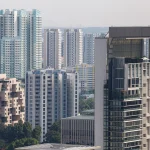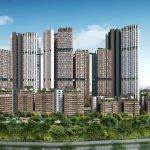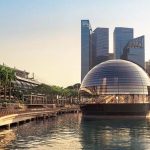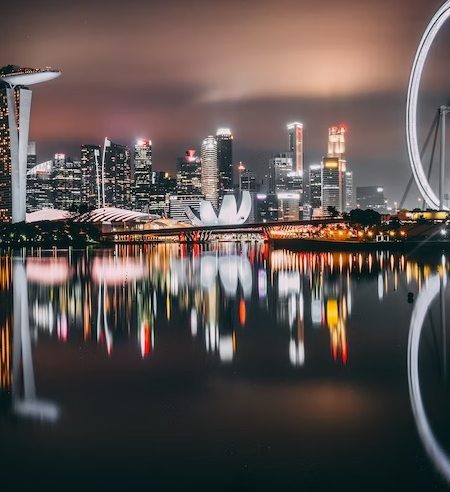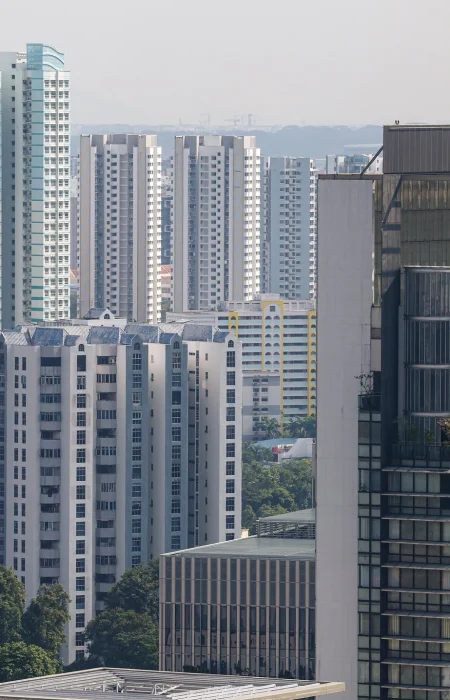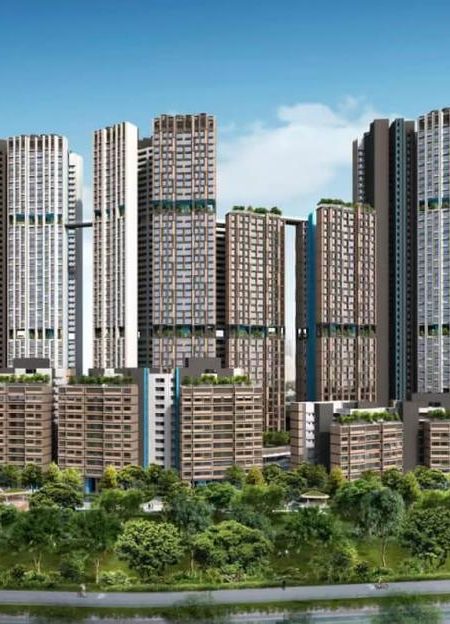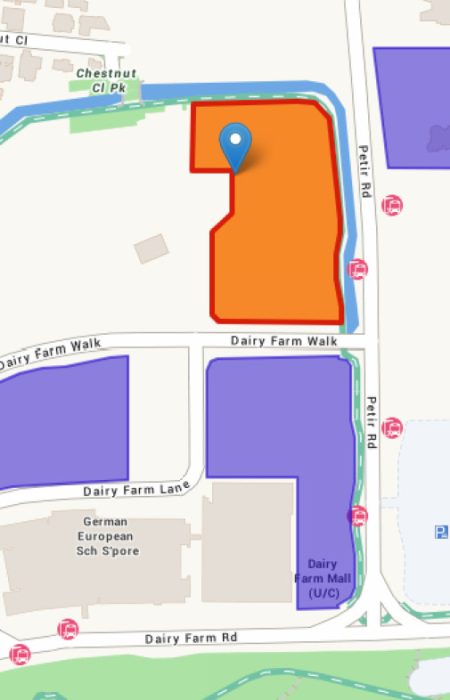The HDB flats market in Singapore continues to evolve in October 2025, reflecting a more balanced and sustainable phase after several years of rapid price increases. As affordability becomes a key focus, the government’s proactive housing supply measures and new Build-To-Order (BTO) launches are reshaping buyer sentiment and market behaviour.
While resale prices remain stable, the overall pace of growth is slowing, allowing both first-time buyers and upgraders to make more informed decisions in a calmer environment.
1. Resale Prices Show Signs of Stabilisation
After four years of record-breaking growth, HDB resale prices are finally showing early signs of levelling off.
- Marginal Price Growth: According to Q3 2025 data, the HDB resale price index rose only 0.4%, marking one of the smallest quarterly gains since 2021.
- Cooling from Record Highs: The median resale flat price now stands at around $575,000, up just slightly from $570,000 last quarter.
- Balanced Demand: Resale volume dipped by 5% month-on-month, suggesting that some buyers are turning to BTO projects for more affordable alternatives.
- Fewer Million-Dollar Deals: The number of resale flats sold above $1 million decreased by nearly 10% in Q3 2025, reflecting cooling demand in mature estates.
This price moderation comes as a relief to many Singaporeans who have struggled with affordability amid high living costs.
2. Demand Concentrated in Well-Connected Towns
Location continues to play a critical role in driving HDB resale activity. Buyers are focusing on towns with strong transport links, nearby amenities, and rejuvenation plans.
- Top Performing Estates:
- Toa Payoh: Consistent demand due to central location and modernised infrastructure.
- Tampines: Popular among families seeking large units near top schools and malls.
- Woodlands & Sembawang: Rising interest driven by connectivity to the new Thomson-East Coast Line (TEL).
- Flat Type Preferences: 4-room and 5-room flats remain the most sought-after, especially near MRT stations and parks.
- Young Buyers’ Choices: Younger couples are increasingly eyeing newer flats in non-mature estates for affordability and longer lease balances.
With better public transport access and estate rejuvenation projects, the value of HDB towns outside the central region continues to strengthen.
3. BTO Launches Strengthen Market Confidence
The government’s commitment to maintaining a steady supply of public housing remains strong in 2025.
- Upcoming Launches: The October BTO exercise will include projects in Queenstown, Tengah, Bedok, and Woodlands, offering over 8,000 flats across various categories.
- Focus on Affordability: Prices for new 4-room flats in non-mature estates remain between $350,000–$450,000, keeping them accessible to middle-income families.
- PLH (Prime Location Public Housing) Impact: The PLH model continues to balance housing demand in prime areas, ensuring fairness and preventing speculative flipping.
- Shorter Waiting Times: HDB has ramped up construction capacity, reducing average waiting times for BTOs to 3.5–4 years, down from nearly 5 years in 2022.
These efforts reinforce the government’s aim to make home ownership affordable and accessible to all Singaporeans, regardless of income level.
4. Million-Dollar HDB Flats: Fewer, but Still Popular
While the number of million-dollar HDB transactions has dropped slightly, these premium flats continue to attract attention in key locations.
- Recent Million-Dollar Deals: Units in Tiong Bahru, Bishan, and Queenstown still command top prices due to proximity to the city and scarcity of supply.
- Buyer Profile: Most million-dollar flat buyers are upgraders or long-term homeowners rather than short-term investors.
- Shift in Trend: Analysts note that buyers are becoming more cautious, preferring value-for-money locations rather than paying a premium for central addresses.
The decline in ultra-high-value transactions indicates that the market is finding its natural balance — still healthy, but without speculative overheating.
5. HDB Rental Market Holds Firm
The HDB rental segment remains stable, supported by consistent tenant demand from locals and foreigners awaiting new flat completions.
- Steady Rents: Median monthly rents for 4-room flats stand around $3,000, unchanged since mid-2025.
- Foreign Tenant Base: Professionals working in sectors like tech, education, and healthcare continue to choose HDB flats for affordability.
- Supply Side Relief: As more BTOs near completion, rental pressure is expected to ease further by mid-2026.
This segment remains an attractive option for landlords seeking stable rental yields between 5–7% annually.
6. Policy Support and Affordability Measures
Singapore’s housing policies continue to focus on ensuring fairness, inclusivity, and stability.
- Enhanced CPF Housing Grant: First-time buyers now enjoy grants up to $80,000, improving affordability for resale purchases.
- Income Ceiling Revisions: The BTO and EC income ceilings were raised in 2025, expanding eligibility for more middle-income households.
- Mortgage Servicing Ratio (MSR) & Loan-to-Value (LTV) Adjustments: These remain in place to prevent over-leveraging and ensure financial prudence.
These combined measures highlight the government’s commitment to sustainable housing development that benefits all income segments.
7. Market Outlook: Stable, Sustainable, and Buyer-Friendly
Analysts expect the HDB market to remain stable through the rest of 2025 and into 2026.
- Price Growth Forecast: Modest annual price growth of 1–3% is expected as affordability and supply align.
- Buyer Confidence Rising: With better financing options and shorter BTO waiting times, buyer sentiment remains positive.
- Long-Term Trend: Singapore’s HDB system continues to be the foundation of housing stability, ensuring equitable access for all citizens.
The focus for the next 12 months will be on ensuring that price growth stays moderate and that public housing remains within reach for future generations.
8. Expert Insights: Where the Opportunities Are
Property consultants suggest buyers consider non-mature estates with strong growth potential and connectivity improvements.
- Emerging Hotspots: Tengah, Punggol, and Bukit Batok West are gaining traction as smart, eco-friendly towns.
- Upgrading Estates: Woodlands and Sembawang benefit from ongoing infrastructure developments like the North-South Corridor.
- Long-Term Appreciation: Flats near new MRT stations or town centres tend to see faster capital appreciation over a 10–15 year horizon.
For homeowners, upgrading from older flats to newer, energy-efficient ones can also be a smart long-term investment strategy.
Conclusion
The HDB flats market in October 2025 stands as a strong example of Singapore’s balanced housing ecosystem. With resale prices stabilising, new BTO launches expanding supply, and government policies ensuring affordability, the public housing sector is on track for steady, sustainable growth.
For buyers, now is an opportune time to enter the market without the pressure of runaway prices. For sellers, realistic pricing and well-maintained units continue to attract genuine demand.



